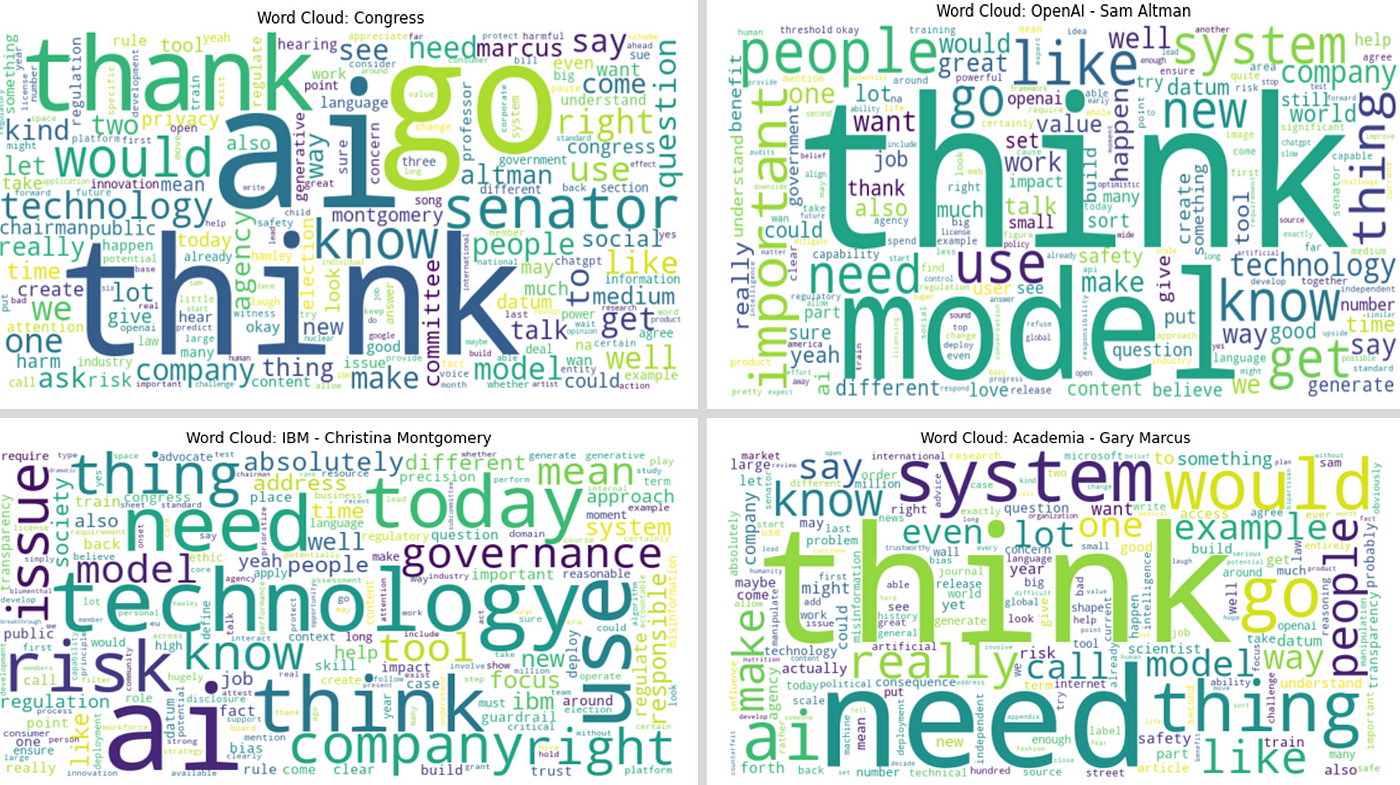Applesauce & Yogurt with Homemade Granola
- Home Page 175

Joseph A. Hill Memorial Chapel Renovation
This content is accessible to paid subscribers. To view it please enter your password below or send mike@standardsmichigan.com a request for subscription details.
Energy 200
ANSI Standards Action Weekly Edition
Starting 2023 we break down our coverage of education community energy codes and standards into two tranches:
Energy 200: Codes and standards for building premise energy systems. (Electrical, heating and cooling of the building envelope)
Standards Michigan: Building Transformers are Oversized and What We Are Doing About It
(Hint: We are routinely “outvoted” on the National Electrical Code by stakeholders whose revenue depends upon oversized transformers.)
National Electrical Manufacturers Association (Free Download): Benefits of Electrical Submeters
Energy Star Data Trends: Energy Use in Residence Halls
University of Alabama: Which Residence Hall Can Save the Most Energy?
Energy 400: Codes and standards for energy systems between campus buildings. (District energy systems including interdependence with electrical and water supply)
| ΔE=ΔKE+ΔPE+ΔU=Q−W |
A different “flavor of money” runs through each of these domains and this condition is reflected in best practice discovery and promulgation. Energy 200 is less informed by tax-free (bonded) money than Energy 400 titles.
Best of 2015: Tough talk about US & Canadian energy conservation standards and regulationshttps://t.co/2BqxcR0tKE pic.twitter.com/84jTVruuMd
— Standards Michigan (@StandardsMich) January 2, 2016
Some titles cover safety and sustainability in both interior and exterior energy domains so we simply list them below:
ASME Boiler Pressure Vessel Code
ASHRAE International 90.1 — Energy Standard for Buildings Except Low-Rise Residential Buildings
International Code Council 2021 Energy Conservation Code
cdpACCESS | Energy Complete Monograph for all 2021 cycle energy proposals (1270 pages)
International Code Council 2021 International Green Construction Code
NFPA 855 Standard for the Installation of Stationary Energy Storage Systems
IEEE Electrical energy technical literature
ASTM Energy & Utilities Overview
Underwriters Laboratories Energy and Utilities
There are other ad hoc and open-source consortia that occupy at least a niche in this domain. All of the fifty United States and the Washington DC-based US Federal Government throw off public consultations routinely and, of course, a great deal of faculty interest lies in research funding.
Please join our daily colloquia using the login credentials at the upper right of our home page. We are also rolling out another facility — [MEETING POINT] — which should be ready for use sometime mid-2023.
More
Economics of Energy, Volume: 4.9 Article: 48 , James L. Sweeney, Stanford University
Helmholtz and the Conservation of Energy, By Kenneth L. Caneva, MIT Press
Soybean Gall Midge 2024 Update
Soybeans play a critical role in the food chain as a source of protein and oil for human consumption, animal feed, food processing, industrial applications, and sustainable agricultural practices. They are a versatile and widely used crop that contributes to various aspects of the global food system.
University of Minnesota: Hired Before Graduation 2022
University of Minnesota: Hired Before Graduation 2019
A Survey on Explainable Artificial Intelligence
Peeking Inside the Black-Box_ A Survey on Explainable Artificial Intelligence (XAI)
Amina Adadi & Mohammed Berrada
Ben Abdellah University Morocco
ABSTRACT: At the dawn of the fourth industrial revolution, we are witnessing a fast and widespread adoption of artificial intelligence (AI) in our daily life, which contributes to accelerating the shift towards a more algorithmic society. However, even with such unprecedented advancements, a key impediment to the use of AI-based systems is that they often lack transparency. Indeed, the black-box nature of these systems allows powerful predictions, but it cannot be directly explained. This issue has triggered a new debate on explainable AI (XAI). A research field holds substantial promise for improving trust and transparency of AI-based systems. It is recognized as the sine qua non for AI to continue making steady progress without disruption. This survey provides an entry point for interested researchers and practitioners to learn key aspects of the young and rapidly growing body of research related to XAI. Through the lens of the literature, we review the existing approaches regarding the topic, discuss trends surrounding its sphere, and present major research trajectories.
Sample of video coverage sorted by view count:
Food Standards and the Peanut Butter & Jelly Sandwich
This content is accessible to paid subscribers. To view it please enter your password below or send mike@standardsmichigan.com a request for subscription details.
New update alert! The 2022 update to the Trademark Assignment Dataset is now available online. Find 1.29 million trademark assignments, involving 2.28 million unique trademark properties issued by the USPTO between March 1952 and January 2023: https://t.co/njrDAbSpwB pic.twitter.com/GkAXrHoQ9T
— USPTO (@uspto) July 13, 2023
Standards Michigan Group, LLC
2723 South State Street | Suite 150
Ann Arbor, MI 48104 USA
888-746-3670



















